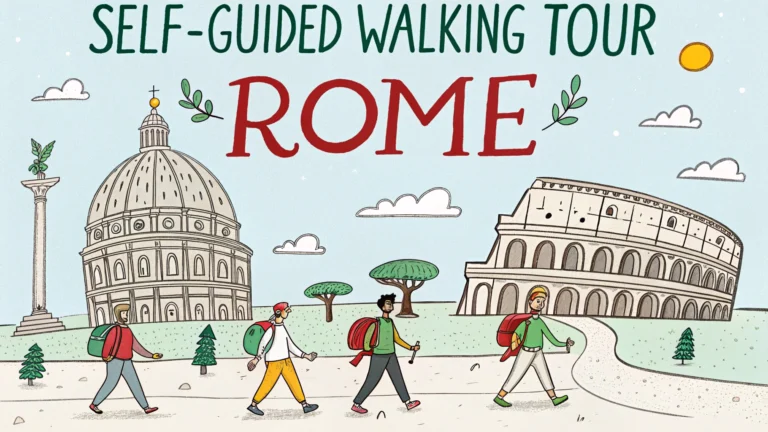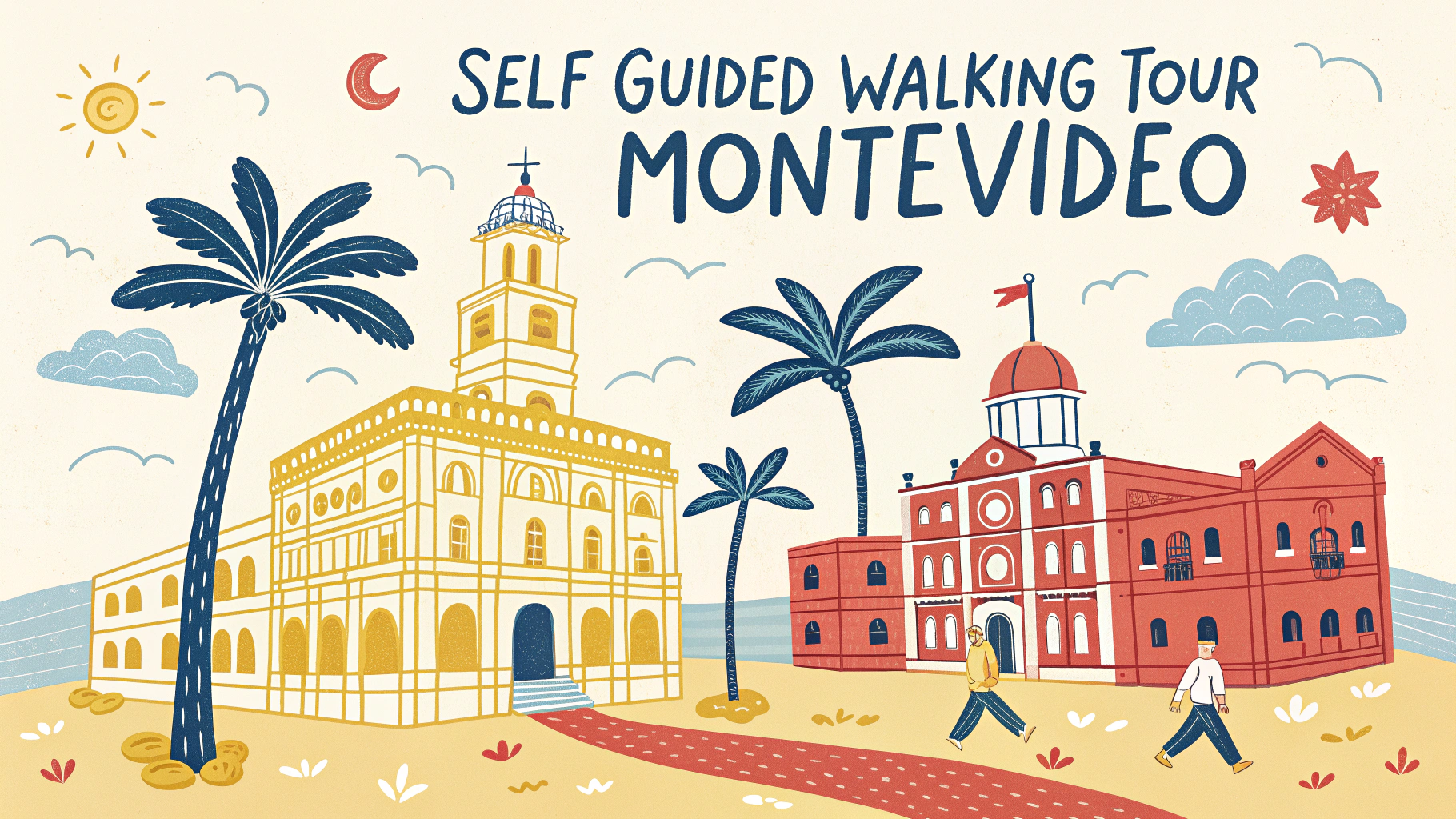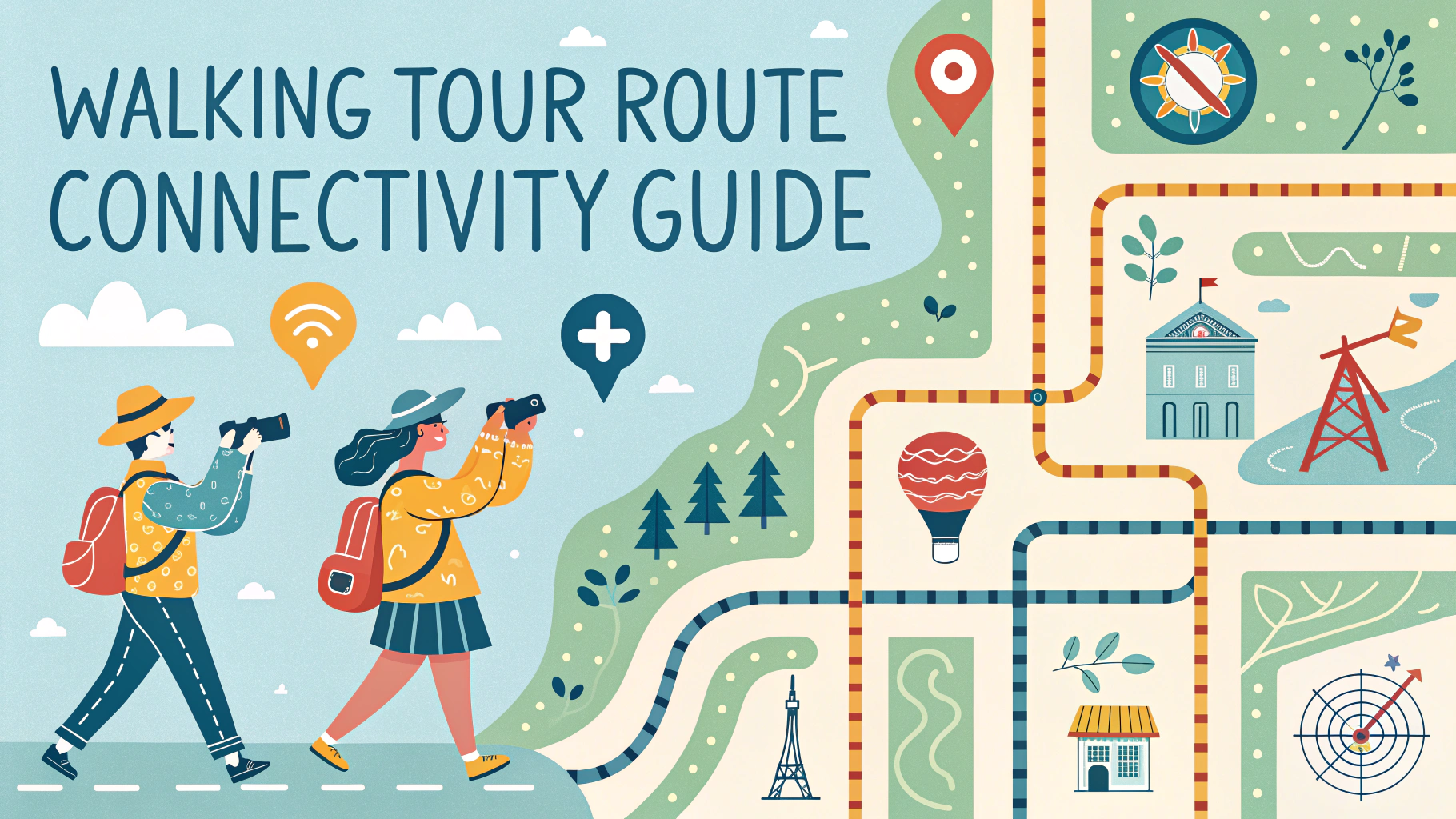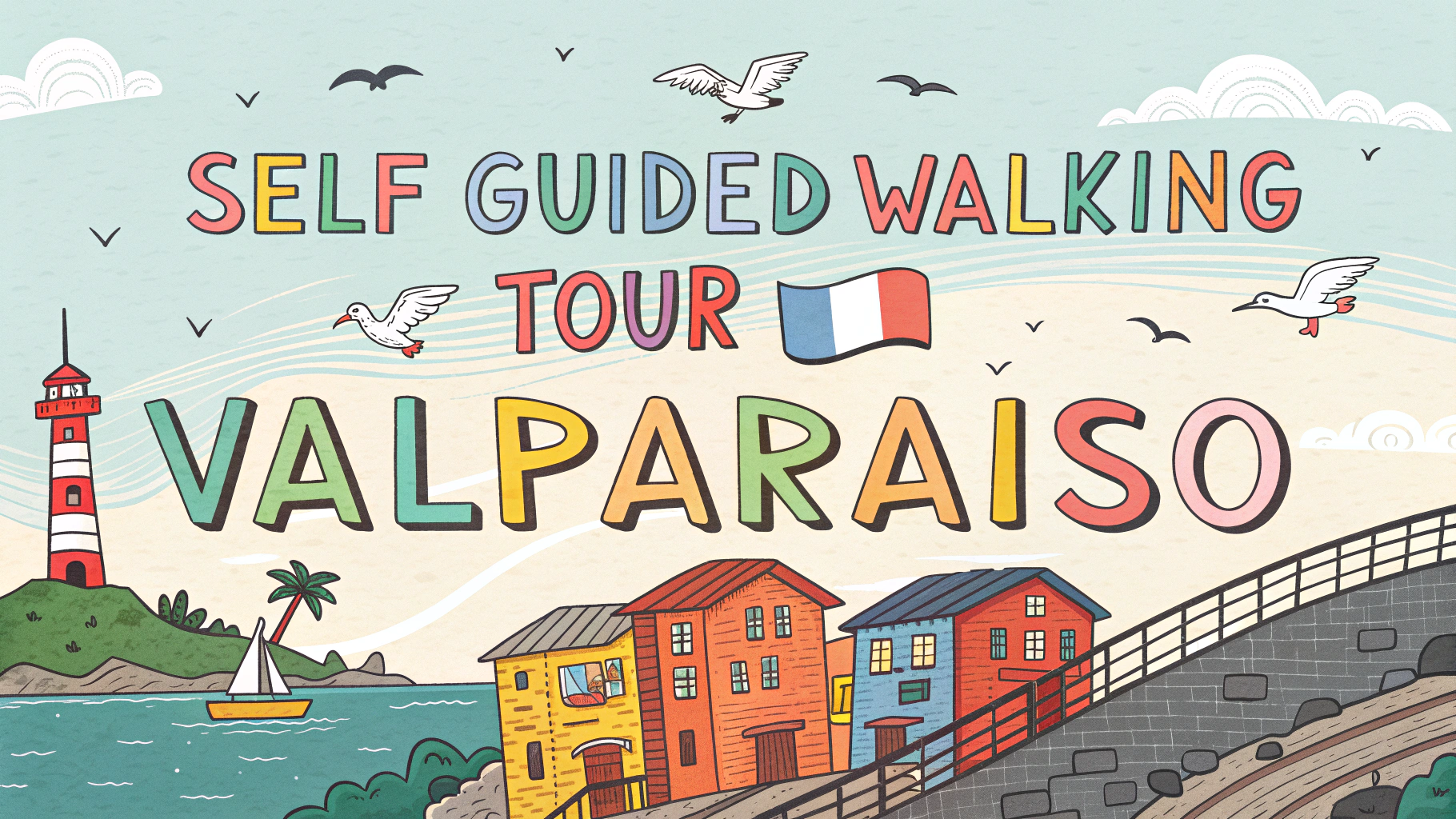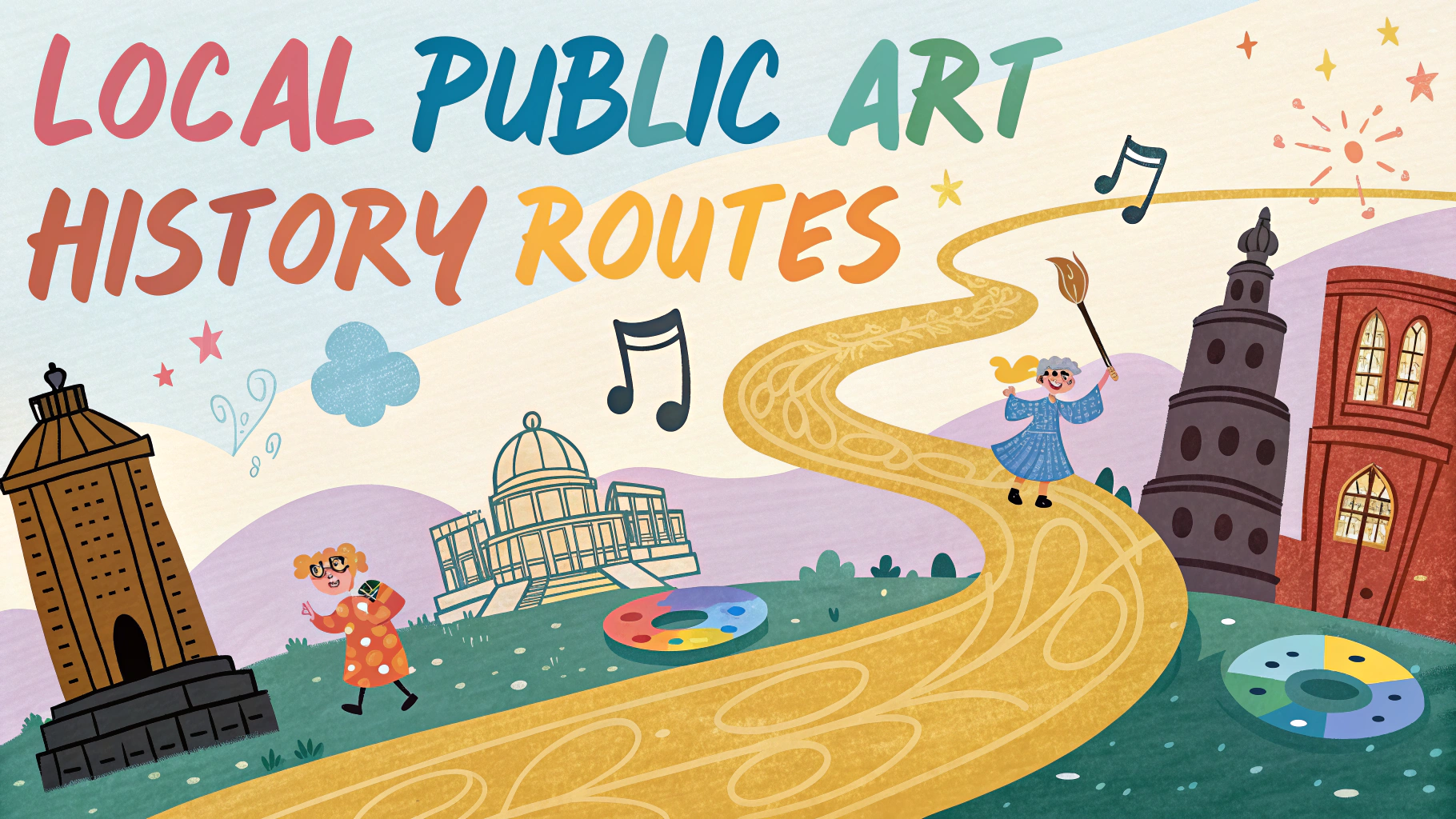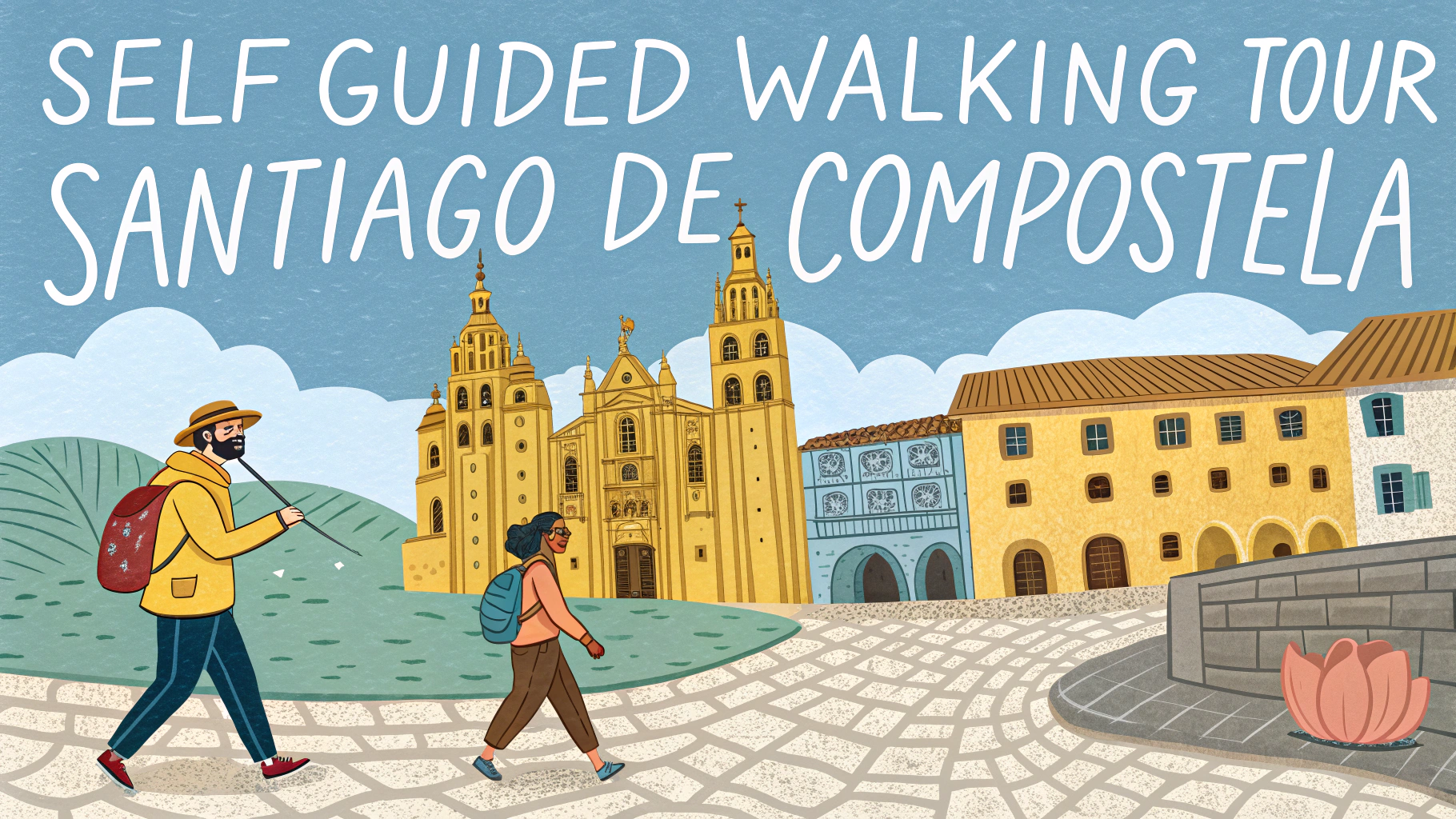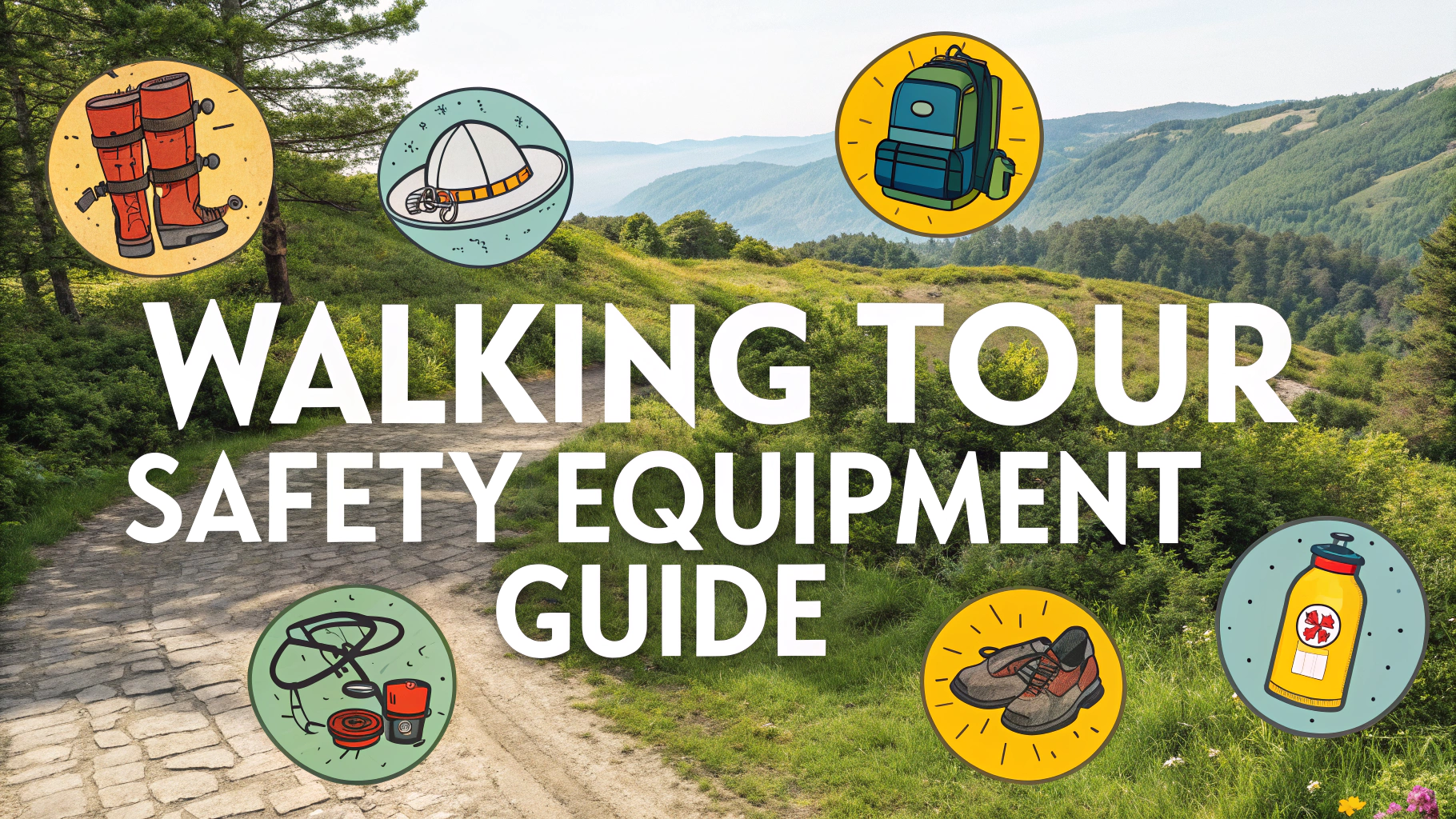Rome’s historic streets offer some of the world’s most rewarding walking experiences, filled with ancient ruins, medieval churches, and hidden piazzas.
Essential Self-Guided Walking Routes
Ancient Rome Trail (2.5 hours)
- Start: Colosseum Metro Station (Line B)
- Key Stops:
- Colosseum (opens 8:30 AM)
- Roman Forum
- Palatine Hill
- Circus Maximus
- End: Circus Maximus Metro Station
Baroque Rome Walk (2 hours)
- Start: Piazza di Spagna
- Route Highlights:
- Spanish Steps
- Trevi Fountain
- Pantheon
- Piazza Navona
- End: Campo de’ Fiori
Practical Tips
Download offline maps before starting, as Rome’s narrow streets can affect GPS signals.
Start walks early morning (before 8 AM) or evening (after 6 PM) to avoid crowds and summer heat.
Wear comfortable walking shoes – Rome’s cobblestone streets can be challenging.
| Season | Best Walking Times |
|---|---|
| Summer (Jun-Aug) | 7-9 AM, 7-10 PM |
| Winter (Dec-Feb) | 10 AM-4 PM |
Safety and Etiquette
Keep valuables secure and be aware of pickpockets, especially in crowded tourist areas.
Carry water and refill at Rome’s many public fountains (nasoni) – the water is safe to drink.
Dress modestly when visiting churches – shoulders and knees must be covered.
Free Walking Tour Apps
- Rick Steves Audio Europe (free)
- GPSmyCity (basic version free)
- Rome Walking Guide by eTips (free)
Emergency Contacts
- Police: 113
- Tourist Police: +39 06 4686
- Tourist Information Office: +39 06 0608
Accessibility Notes
Many historic areas have uneven surfaces and steps, making wheelchair access challenging.
The Vatican area and newer parts of Rome offer better accessibility with smoother pavements.
Book mobility assistance in advance for major attractions through their official websites.
Best Photo Spots
- Orangerie Garden (Giardino degli Aranci) – sunset views of St. Peter’s Dome
- Ponte Sant’Angelo – morning light on Castel Sant’Angelo
- Campidoglio – overlooking the Roman Forum
Hidden Gems Along the Routes
Ancient Rome Trail Extensions
- Basilica of San Clemente – underground layers of Roman history
- Domus Aurea – Nero’s Golden House (weekend tours only)
- Ludus Magnus – ancient gladiator training ground
Baroque Route Secret Spots
- Chiesa di Sant’Ignazio – hidden optical illusion ceiling
- Palazzo Spada – forced perspective gallery
- Turtle Fountain (Fontana delle Tartarughe)
Seasonal Walking Events
| Event | Month | Location |
|---|---|---|
| Night Walks at Forum | July-August | Roman Forum |
| Christmas Lights Walk | December | Via del Corso |
Food Stops Along Routes
- Ancient Rome Trail:
- Monti district for authentic trattorias
- Local markets near Circus Maximus
- Baroque Walk:
- Historic cafes near Pantheon
- Gelaterias around Piazza Navona
Conclusion
Rome’s walking routes offer more than sightseeing – they’re gateways to experiencing the city’s living history, culture, and daily life. Plan routes according to personal interests and physical ability, and don’t hesitate to deviate from the path to explore intriguing side streets.
Remember that Rome wasn’t built in a day – and it can’t be fully explored in one either. Take time to absorb the atmosphere and make multiple visits to favorite spots at different times.
FAQs
- What is the best time of year to take self-guided walking tours in Rome?
Spring (April-May) and fall (September-October) are ideal, with mild temperatures and fewer crowds. Summer months can be extremely hot and crowded, while winter offers fewer tourists but occasional rain. - How long should I plan for a self-guided walking tour of Rome’s main attractions?
A comprehensive walking tour covering major sites like the Colosseum, Roman Forum, and Vatican City typically takes 6-8 hours. Individual neighborhood tours usually require 2-3 hours each. - Do I need to book tickets in advance for attractions along walking routes?
Yes, pre-booking is essential for major sites like the Colosseum, Vatican Museums, and Borghese Gallery to avoid long queues. Many attractions offer timed entry slots. - What comfortable walking shoes should I wear for Rome’s streets?
Wear sturdy, well-cushioned shoes with good grip. Rome’s streets are often uneven, with cobblestones and ancient pavements. Avoid heels and new shoes. - Is it safe to do self-guided walking tours in Rome at night?
Most tourist areas in Rome are safe at night, especially popular spots like Trastevere and the Trevi Fountain. However, stick to well-lit, populated areas and keep valuables secure. - What should I bring on a walking tour of Rome?
Bring a water bottle (refillable at Rome’s fountains), comfortable shoes, sun protection, a city map, power bank for your phone, and cash for small purchases. - Do I need to dress conservatively for church visits during walks?
Yes, major churches require covered shoulders and knees. Carry a light scarf or layer to cover up when entering religious sites, especially St. Peter’s Basilica. - What are the best walking routes to avoid crowds in Rome?
Less crowded routes include the Jewish Ghetto, Testaccio neighborhood, Aventine Hill, and the Appian Way. Early morning walks (before 9 AM) offer quieter experiences. - Can I use public transport to complement walking tours?
Yes, Rome’s metro and bus system can help you reach starting points or return from end points. A single ticket (BIT) is valid for 100 minutes on all public transport. - Are there any free walking tour apps for Rome?
Several reliable apps offer free self-guided tours, including Rick Steves’ Audio Europe, GPSmyCity, and Rome’s official tourism app. Download maps offline before your tour.
